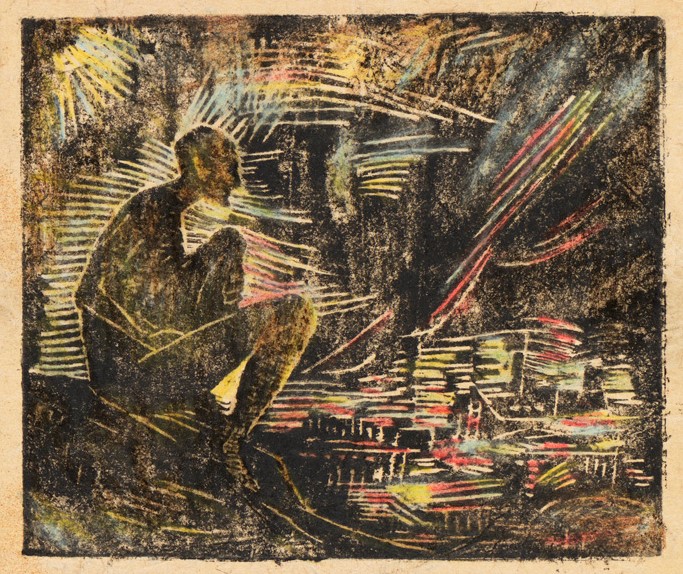Urbanisation as an experience of “racial” changes

According to Estonian writer F. Tuglas, early 20th century Estonian and Finnish literature exhibits signs of a „spiritual deficit of race”, meaning unconscious entanglements of genres and various forms of representation (e.g. of rural, urban, or metropolitan) and the lack of connection to the primeval. In the opinion of several Young Estonians and Finnish decadents, the deficit of racial characteristics pointed to an overly accelerated urbanisation process: authors who had left their rural homes for the growing cities lacked the means to describe the new urban milieu. The result is „non-racial“ literature in Tuglas’ terms, inadequacy in representing characters and situations in rapidly modernizing life. It seems that for the Young Estonians race points toward a deeper nucleus of nation in Taine’s sense, or to the intention to become a mature “racial” culture in Nietzsche’s sense.
In the context of how small cultures understand decadence, we pose the question, to what extent was the category of race being used on the level of style and character to express this sense of inauthenticity concerning cultural and biological states of transition? Art historians will ask whether the topics of racial deficit and the figure of the upstart are identifiable in decadent art, and if so, to what extent? Based on the self-evident similarity between Finnish and Estonian treatments of race and the upstart we explore which processes of cultural transfer, models and mediums should be included. The whole staff will ask to what extent one should consider non-hierarchical uses of the terminology of race and/or their partial entanglement; in Nietzsche’s works race is often distinguished from nation, which for him is a superficial phenomenon of the herd mentality. Maturation is necessary in order to reach the deeper core of the nation, that is, race. In what way and to what extent is the figure of the upstart influenced by the figure of the cultural philistine described by Nietzsche?
Have a look at the virtual exhibition Landscape with a City and a Townie, the thematic focus of which lies on the experience of accelerating urbanisation and modernisation at the end of the 19th and the beginning of the 20th century. The exposition is interested in the ways these processes of renewal were experienced and represented in Estonian visual art (curated by Lola Annabel Kass).